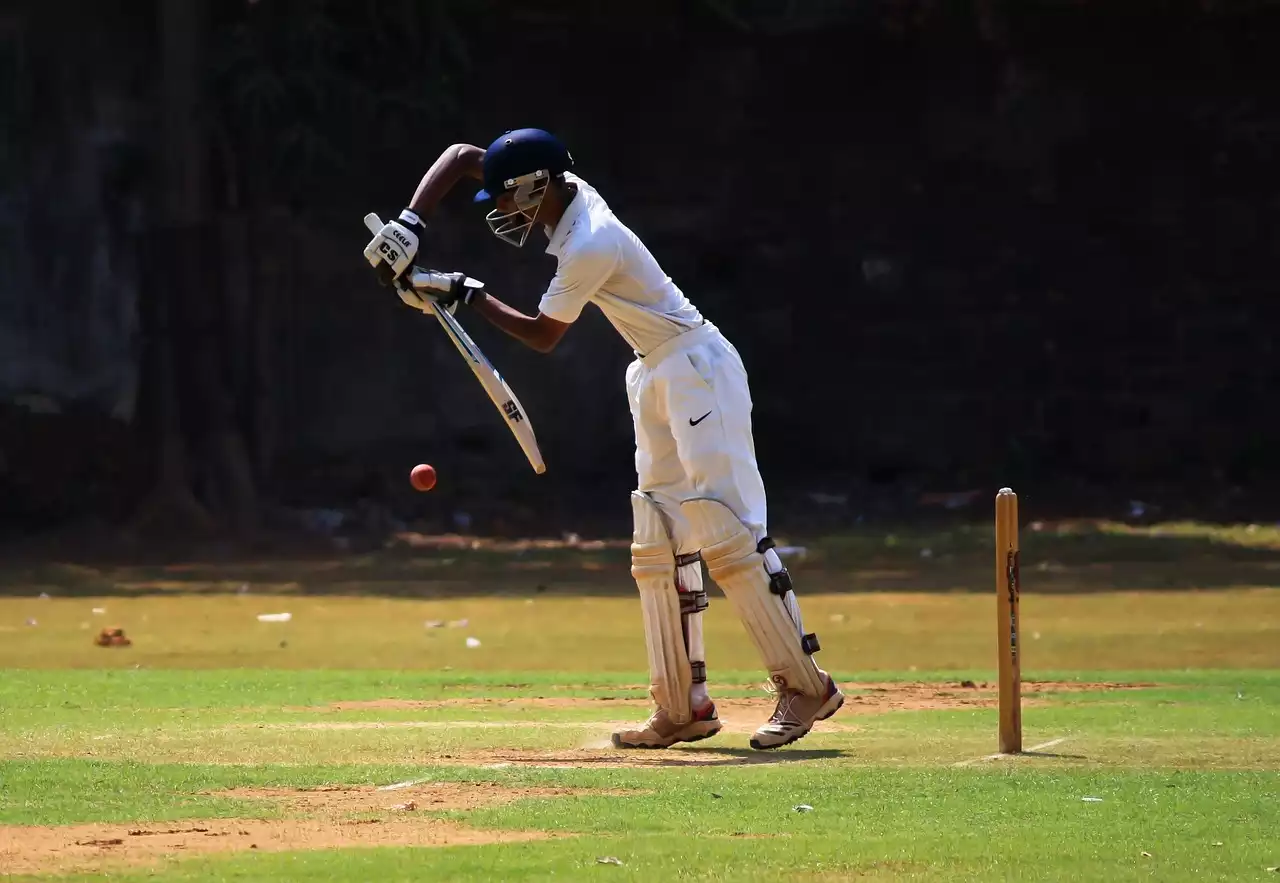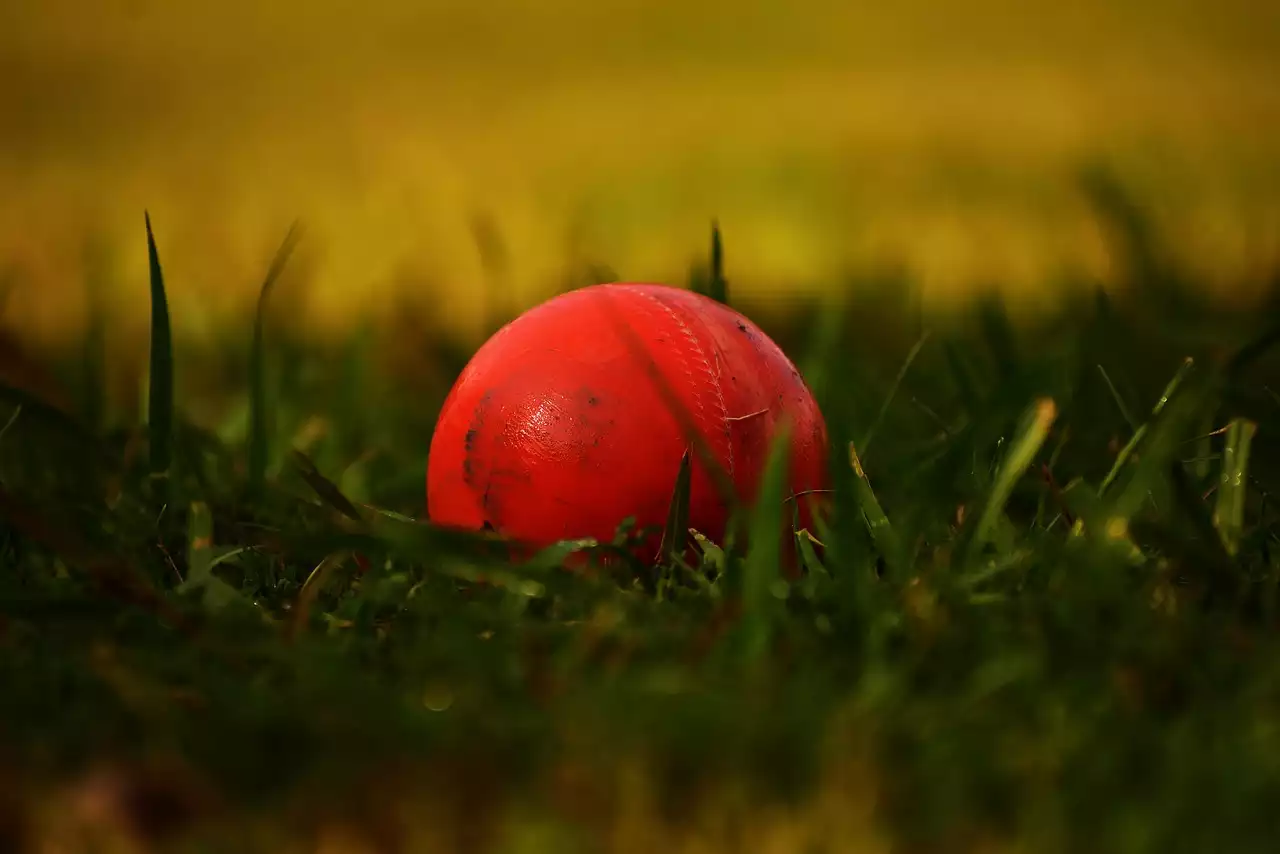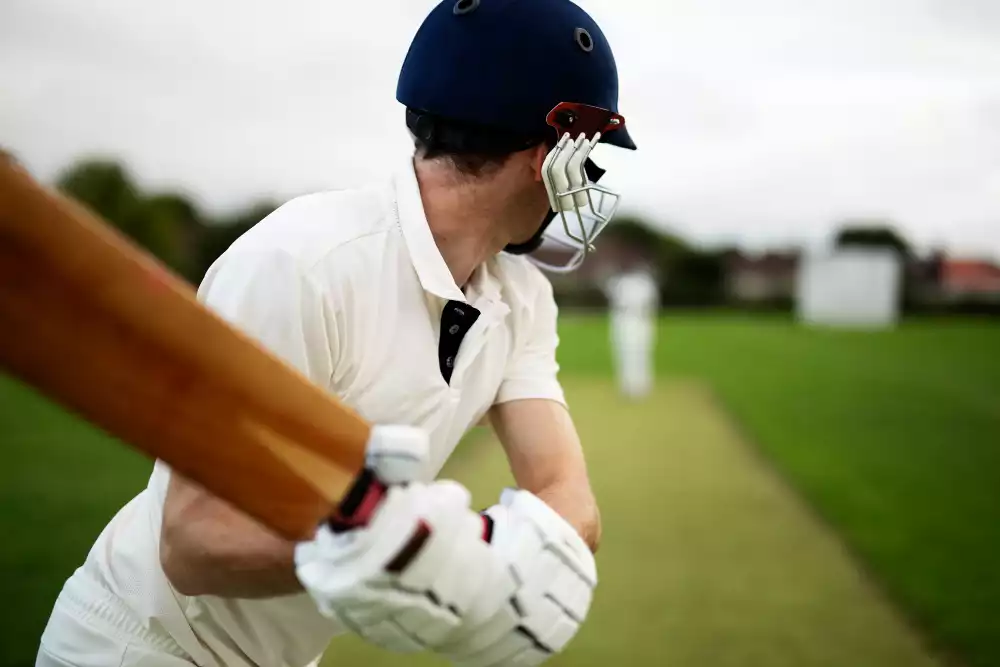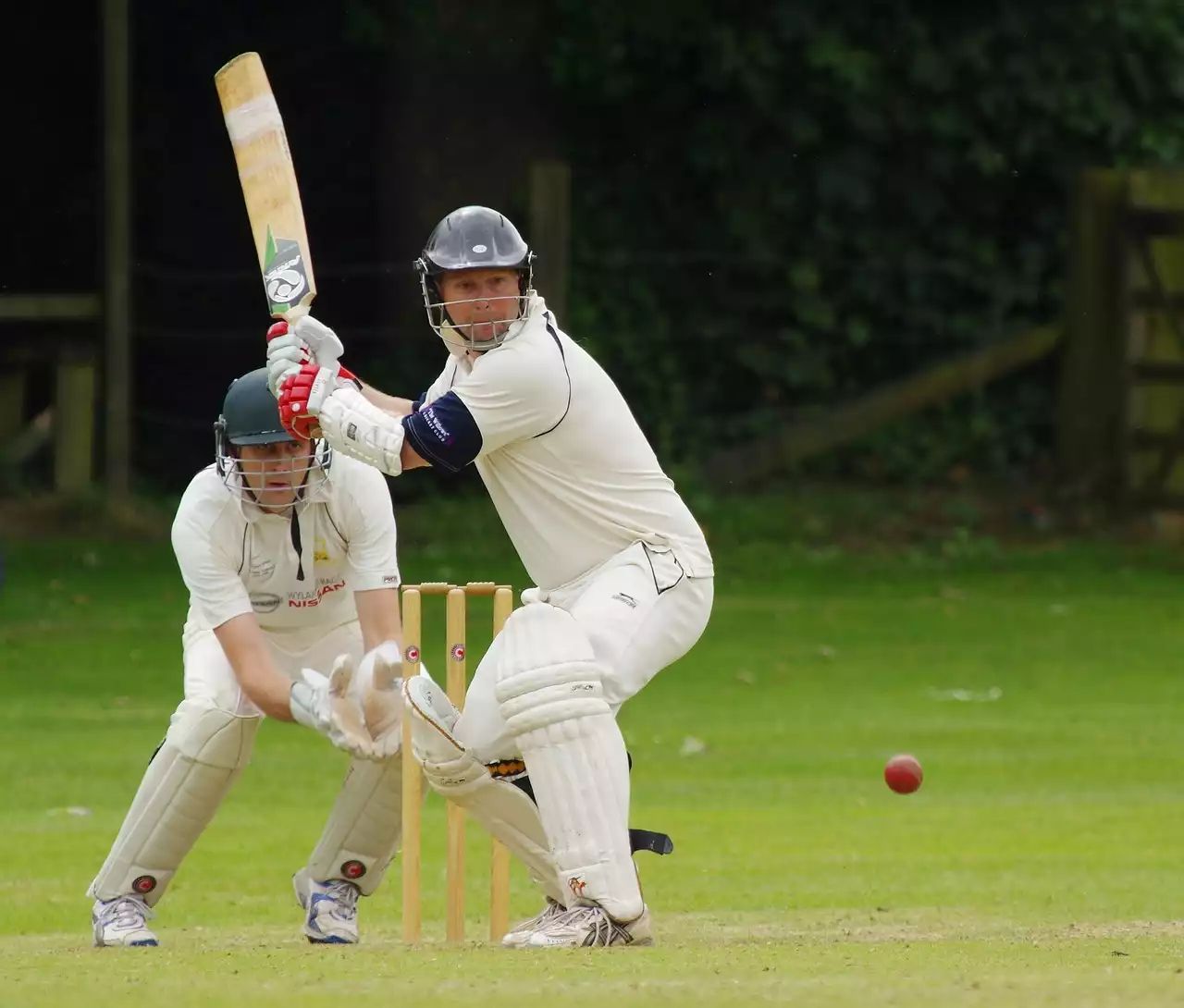What is indoor cricket?
Indoor cricket is an adaptation of the traditional game, played indoors on a specially designed court. Unlike the traditional game, indoor cricket is shorter in duration, with shorter overs and a fast-paced atmosphere. The shorter format of the game makes indoor cricket a great way for players to improve their skills and knowledge of the game, without having to worry about the weather. Indoor cricket is a thrilling and competitive sport that offers a unique experience for cricket fans of all ages. Indoor cricket is played on a specially designed, smaller court with a lower net, allowing for the ball to be hit above the net, as in the outdoor game. The ball used indoors is lighter, owing to its being hit over the net, and the bats are also lighter, for the same reason. Special indoor cricket bats have the same shape as outdoor bats but are made of lighter materials to suit indoor games.
Rules and regulations of indoor cricket
The rules and regulations of indoor cricket are similar to those of the traditional game, with a few exceptions. The game is played on a smaller court with a lower net to allow the ball to be hit above the net. The ball used indoors is lighter, owing to its being hit above the net, and the bats are also lighter, for the same reason. Unlike in the outdoor game, the batsmen can hit the ball above the net and can therefore score from more deliveries than in outdoor cricket. The batsmen can also attempt a run when the ball is going over the net. The batsmen may attempt a run even if the ball has not passed the net.
Types of indoor cricket
- One-Day Indoor Cricket: A shortened version of the traditional game, one-day indoor cricket is played with a maximum of 20 overs per side.
- Twenty20 Indoor Cricket: A shortened version of the traditional game, twenty20 indoor cricket is played with a maximum of 20 overs per side.
- T20 Blast Indoor Cricket: A shortened version of the traditional game, t20 blast indoor cricket is played with a maximum of 15 overs per side.
Necessary equipment for indoor cricket
Bats - A standard outdoor cricket bat can be used. However, they are generally lighter than outdoor bats. The bats can also be customized to suit your height. Shoes - Indoor cricket shoes are lightweight, rubber-soled, and have a non-marking sole.
Goggles - Goggles are essential to protect your eyes from the ball.
Batting pad - A batting pad protects your legs from the ball.
Strategies for indoor cricket
Due to the shorter duration of the game, it is important to play positively from the beginning of each game. While playing defensively will help to protect you against quick runs, it also delays your opportunity to score. By attacking the ball from the first delivery, you can boost your chances of scoring quickly. You should also change the way you set your field to adapt to the shorter space available. By setting a wider, looser field, you can give the batsmen less room to play. By setting a tighter, more concentrated field, you can increase the chances of a quick breakthrough.
Scoring in indoor cricket
A six is scored when the ball travels above the net and hits the ceiling; a four is scored when the ball travels above the net and hits the wall; and a two is scored when the ball travels above the net but does not hit the wall or ceiling. A wide is awarded when the ball travels above the net but does not go beyond the line marking the width of the court. A bye is awarded when the batsman does not hit the ball but it goes beyond the line marking the width of the court.
Indoor cricket coaching
As with any sport, it is important to have appropriate coaching to help players improve their skills and prevent injury. Indoor cricket coaches should be trained in sport-specific skills, such as batting, bowling, and fielding. To ensure that players receive the best coaching, indoor cricket clubs should ideally have a combination of coaches with different expertise. A coach should observe a player’s strengths and weaknesses, and should then develop a technique or skills training program to help the player improve their performance. By assessing each player’s skill level and strengths, the coach can then create a program that targets specific skills or weaknesses. This can be achieved through technical training, tactical training, or a combination of both.
Popular indoor cricket tournaments
- U-19 National Championships - The U-19 National Championships are held annually in four different regions across the UK, with indoor cricket being one of the most popular sports at the tournament.
- National Indoor Cricket Championships - The National Indoor Cricket Championships are held annually in three different regions across the UK.
- BICC (British Indoor Cricket Council) National Indoor League - The BICC National Indoor League is an indoor cricket tournament played across the UK. These tournaments provide a platform for teams to compete against each other and improve their skills. With strong competition, these tournaments are also a great way for players to show off their skills and rise to the top.










